Optimal Timing for Metal Roof Sealings
Determining the optimal time for metal roof sealings involves considering weather conditions, temperature, and roof exposure. Proper sealing ensures longevity and effective protection against leaks, making timing crucial for optimal results.
Warm temperatures and moderate humidity make spring and early summer ideal for metal roof sealings. These conditions allow sealants to cure properly and adhere effectively.
Sealing during cold weather can lead to poor adhesion and incomplete curing. Temperatures below freezing hinder sealant effectiveness and should be avoided.
Dry conditions facilitate proper application and curing of sealants. Rain or high humidity can compromise the sealing process and reduce durability.
Sealing should be performed after the roof installation is complete and the surface is clean and dry, ensuring maximum adhesion and sealing effectiveness.
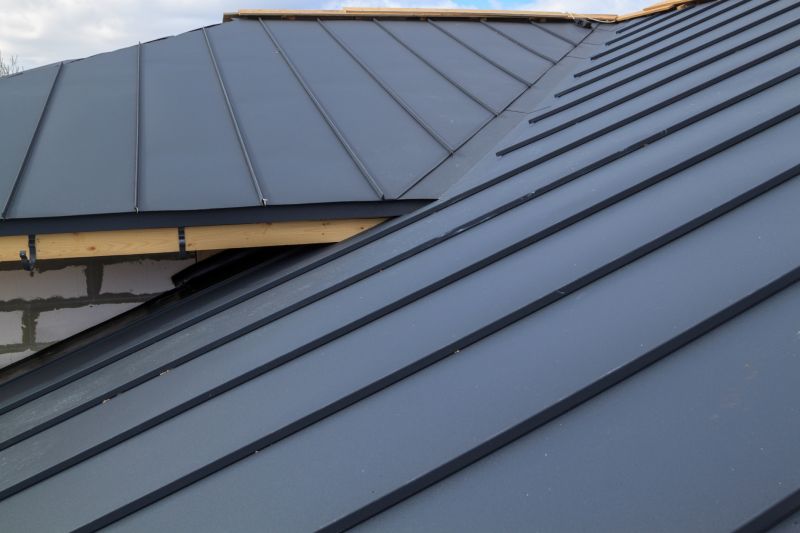
Ways to make Metal Roof Sealings work in tight or awkward layouts.

Popular materials for Metal Roof Sealings and why they hold up over time.
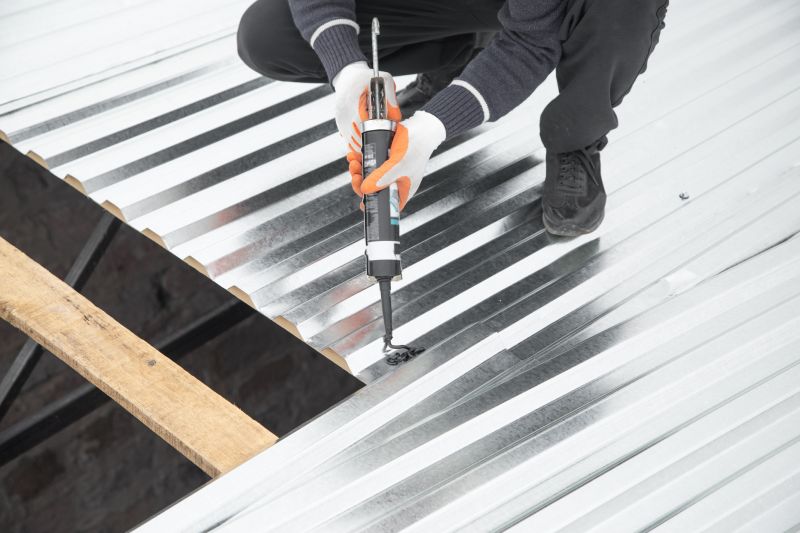
Simple add-ons that improve Metal Roof Sealings without blowing the budget.
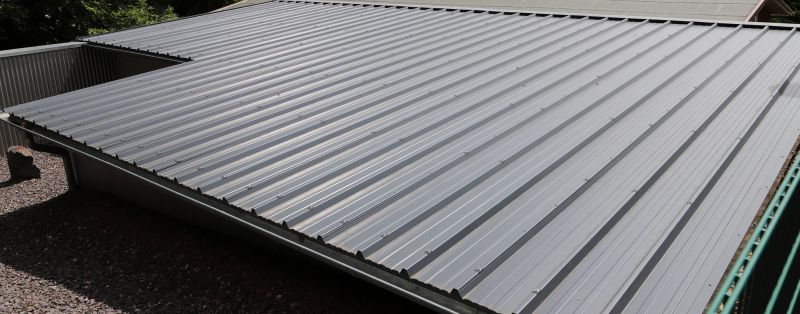
High-end options that actually feel worth it for Metal Roof Sealings.

Finishes and colors that play nicely with Metal Roof Sealings.
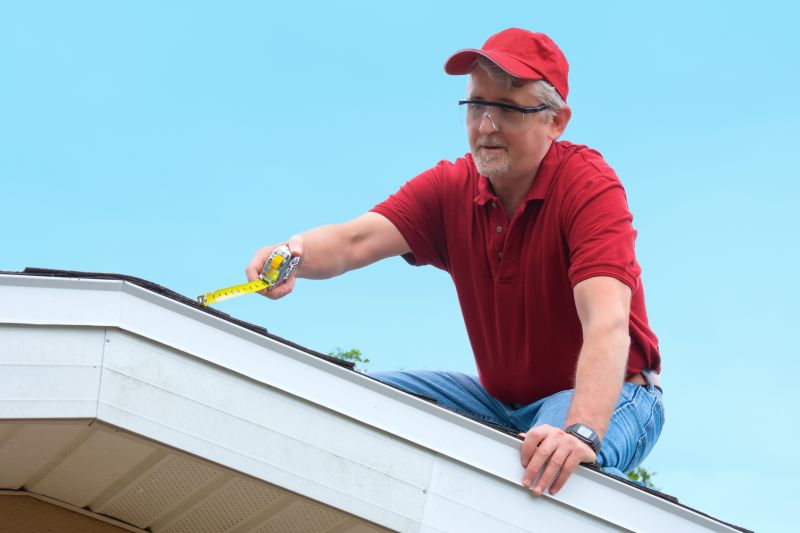
Little measurements that prevent headaches on Metal Roof Sealings day.
Metal roof sealings are essential components in maintaining the integrity and longevity of metal roofing systems. These sealants provide a protective barrier against water infiltration, air leaks, and environmental elements. Proper application and timing of sealings can significantly extend the lifespan of a roof, reducing maintenance costs and preventing structural damage. Sealants are formulated to withstand temperature fluctuations, UV exposure, and moisture, ensuring durability over time. Regular inspections and timely resealing are recommended to maintain optimal performance and prevent issues such as corrosion or leaks.
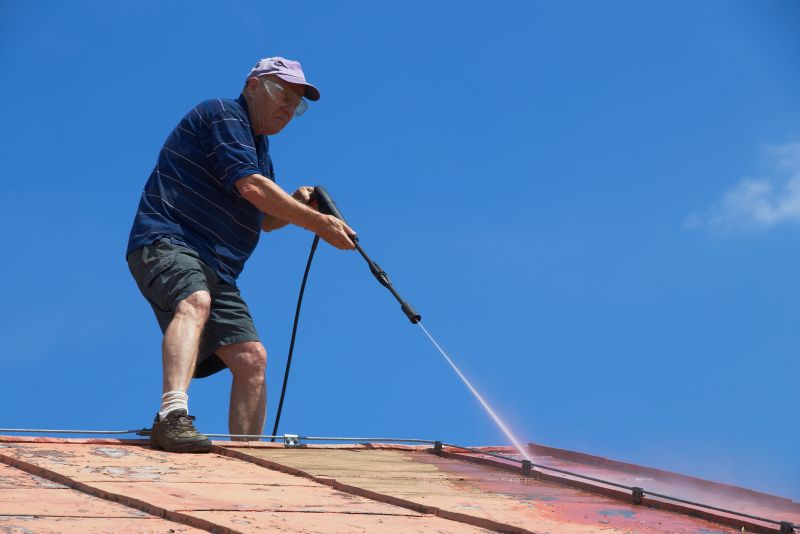
A 60-second routine that keeps Metal Roof Sealings looking new.

A frequent mistake in Metal Roof Sealings and how to dodge it.
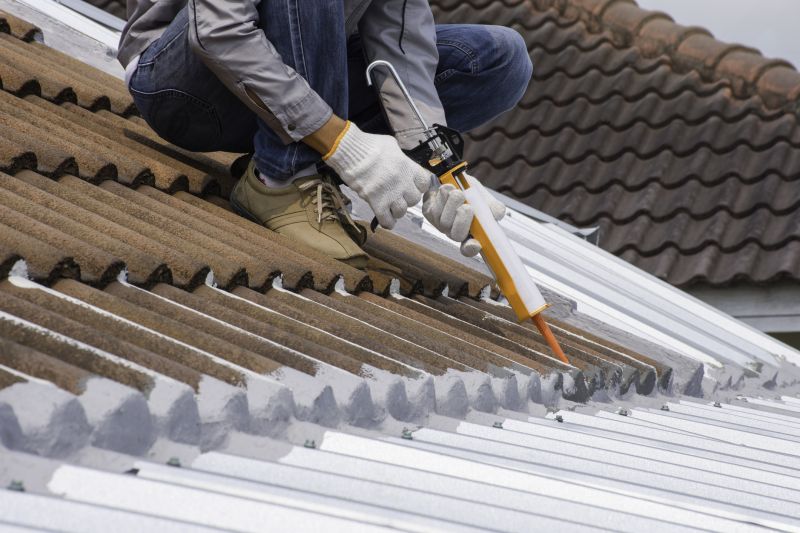
Small tweaks to make Metal Roof Sealings safer and easier to use.
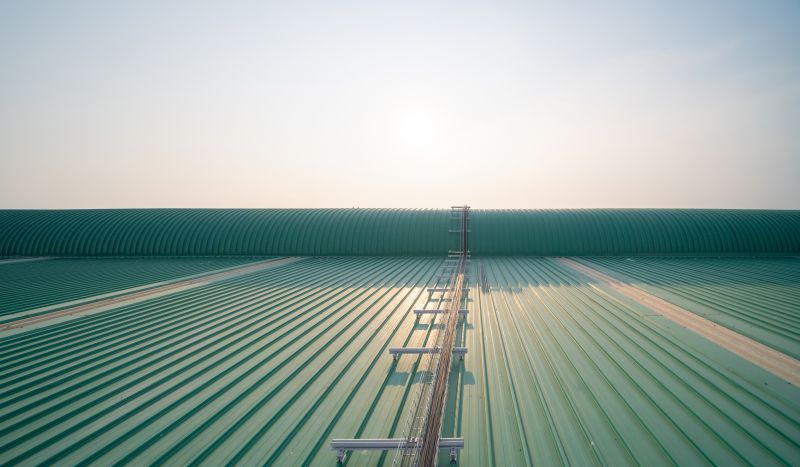
Lower-waste or water-saving choices for Metal Roof Sealings.
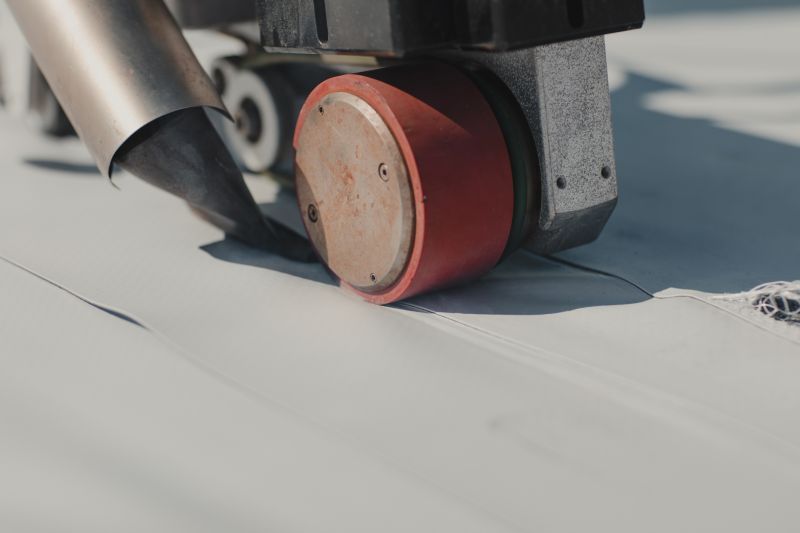
The short, realistic tool list for quality Metal Roof Sealings.
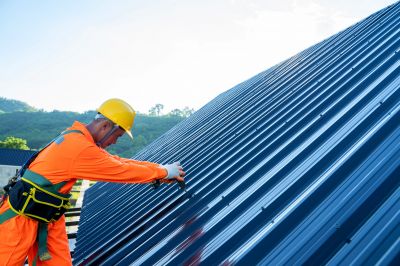
Rough timing from prep to clean-up for Metal Roof Sealings.
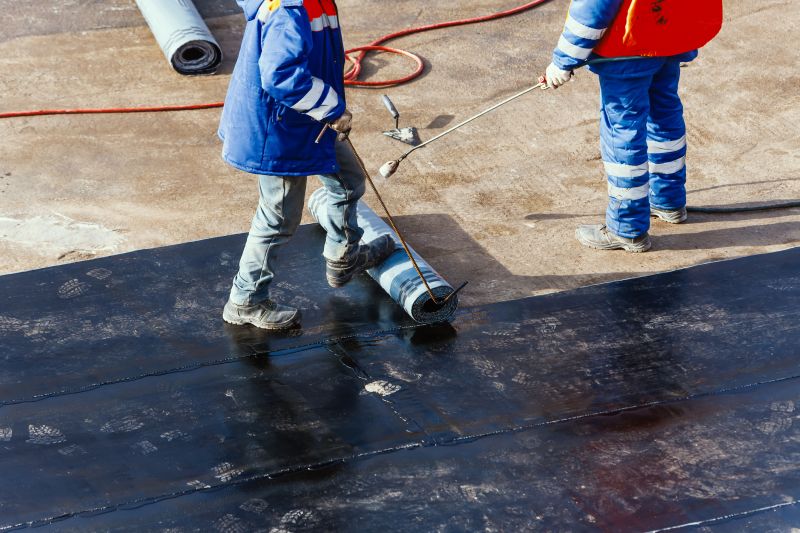
Quick checks and paperwork to keep after Metal Roof Sealings.
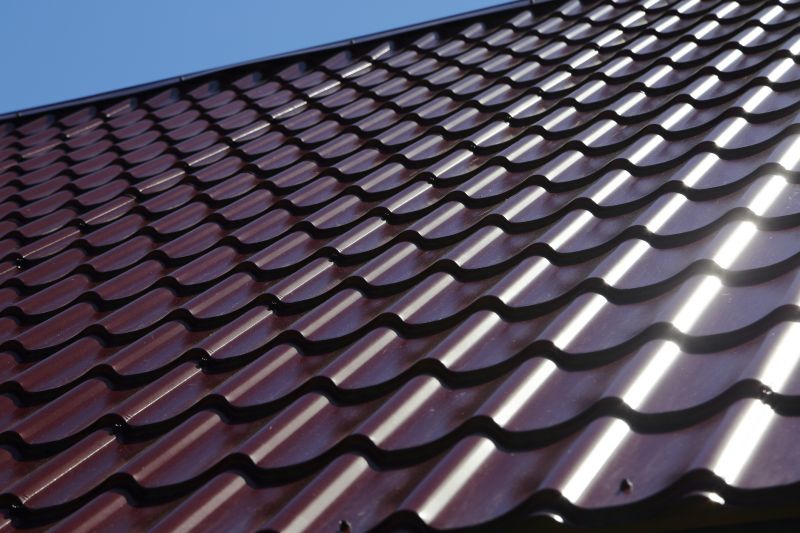
Examples that show the impact a good Metal Roof Sealings can make.
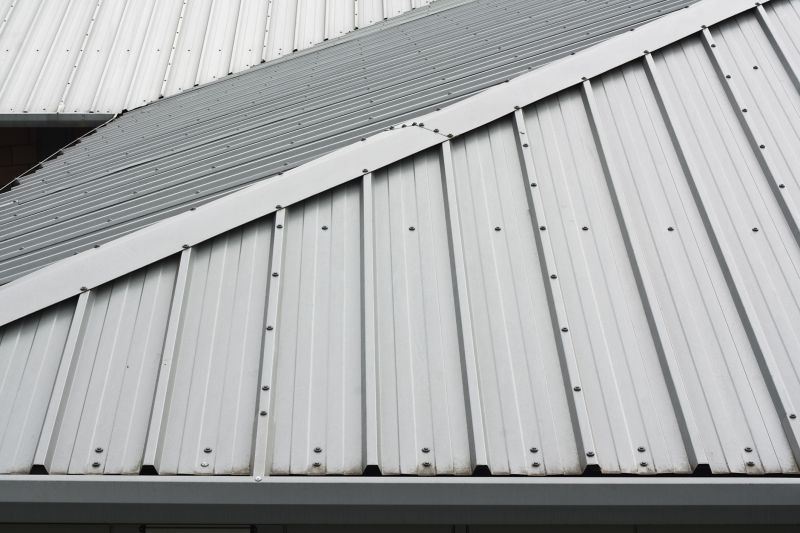
Ways to make Metal Roof Sealings work in tight or awkward layouts.
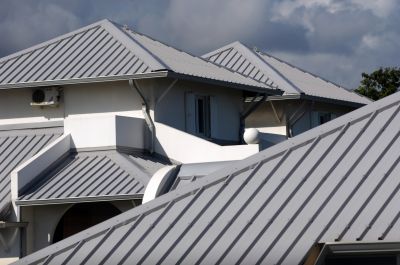
Ways to make Metal Roof Sealings work in tight or awkward layouts.
| Season | Ideal Conditions |
|---|---|
| Spring | Moderate temperatures, low humidity, dry weather |
| Early Summer | Warm temperatures, dry conditions, good curing environment |
| Late Summer | Stable weather, avoid extreme heat |
| Fall | Cooler temperatures, dry conditions |
| Winter | Not recommended due to cold temperatures and moisture |
Choosing the right time for metal roof sealings enhances the effectiveness and durability of the sealant. Proper timing reduces the risk of sealant failure, leaks, and corrosion. It is advisable to schedule sealing projects during periods of stable, dry weather with moderate temperatures to ensure optimal adhesion and curing. Regular maintenance, including resealing when necessary, can help preserve the roof's integrity and extend its service life.
Interested in metal roof sealings? Filling out the contact form can provide more information and assistance with scheduling sealing projects to ensure the best results for roof longevity and performance.
